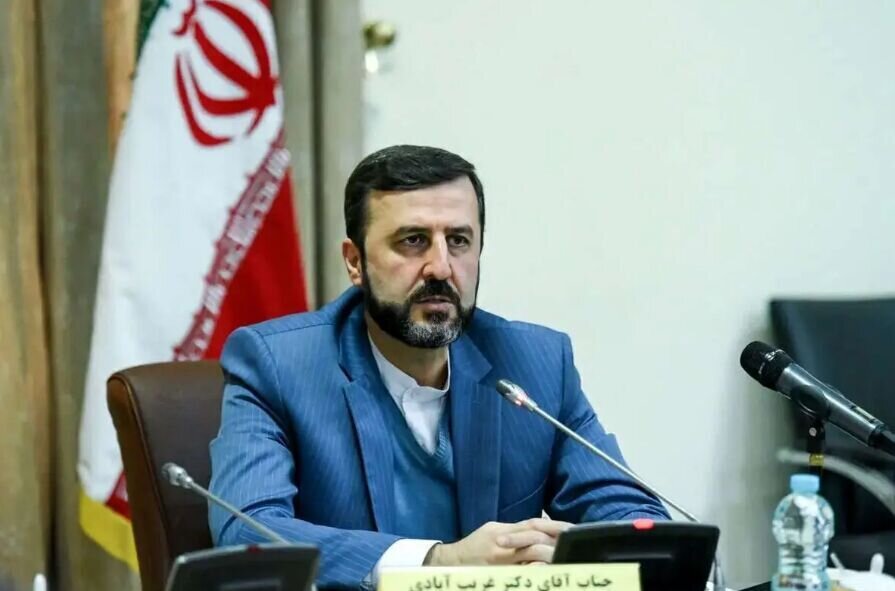
TEHRAN - Irans petrochemical market achieved $10 billion in exports during the very first nine months of the Iranian fiscal year 1403 (March-December 2024), with forecasts suggesting the figure could reach $13 billion by year-end, a senior official announced.Hassan Abbaszadeh, the head of the National Petrochemical Company (NPC), exposed the figures on Saturday, January 11, throughout a meeting with Oil Ministry authorities, including First Vice President Mohammad Reza Aref, Shana reported.He highlighted the markets robust role in the economy, noting its 70 production complexes and 3 utility complexes.
Eighty-five percent of the petrochemical industry is focused in holding business, mainly under pension funds, while 15 percent comes from personal enterprises, Abbaszadeh said.In addition to exports, the sector provided $10 billion worth of feedstock to downstream markets, benefiting sectors such as polymers, shoes, clothing, and detergents.Abbaszadeh highlighted that the seventh nationwide development strategy includes 61 petrochemical tasks focused on finishing the markets worth chain.
Unlike earlier plans that focused on capacity expansion, the existing method targets a production capacity of 131.5 million tons by 2028 in sections like methanol, polyethylene, and ethylene.
Though this method is more challenging, it cultivates value-added production and assists advance the markets worth chain, he stated, including that NPC will keep an eye on and focus on projects lined up with these goals.The petrochemical projects in the seventh plan need $24 billion in investments, with $12 billion currently invested, attaining an average physical development of 50 percent.
Abbaszadeh kept in mind that the remaining $12 billion will be invested to finish these projects.Efforts are also underway to sustain feedstock materials by investing in gas collection tasks.
Arrangements have been signed for petrochemical companies to participate in the development of smaller sized gas fields to guarantee dependable feedstock supply.The petrochemical sector has gotten in the energy optimization field to attend to gas feedstock challenges.
Abbaszadeh stated the industry is working with chillier areas to promote energy-saving practices and upgrade devices, freeing up natural gas for feedstock.He also indicated continuous financial investments in renewable resource, with numerous petrochemical firms signing contracts to establish solar and wind power plants.
Kaveh Methanol Company plans to generate 800 MW of solar power and 500 MW of wind power for its operations.The official highlighted the importance of proper land usage planning tailored to regional water resources, existing industries, and feedstock schedule.
This approach will enable provincial authorities to bring in downstream investments.The NPC is likewise exploring new export markets through a client portfolio development research study, intending to expand beyond standard customers.
We will focus on tasks with higher value-added potential and concentrate on diversifying our export markets in partnership with petrochemical holding business, Abbaszadeh said.The Iranian petrochemical market continues to play an essential function in driving economic development, with substantial financial investments aimed at boosting value chains, broadening export markets, and improving energy efficiency.EF/

 14
14








